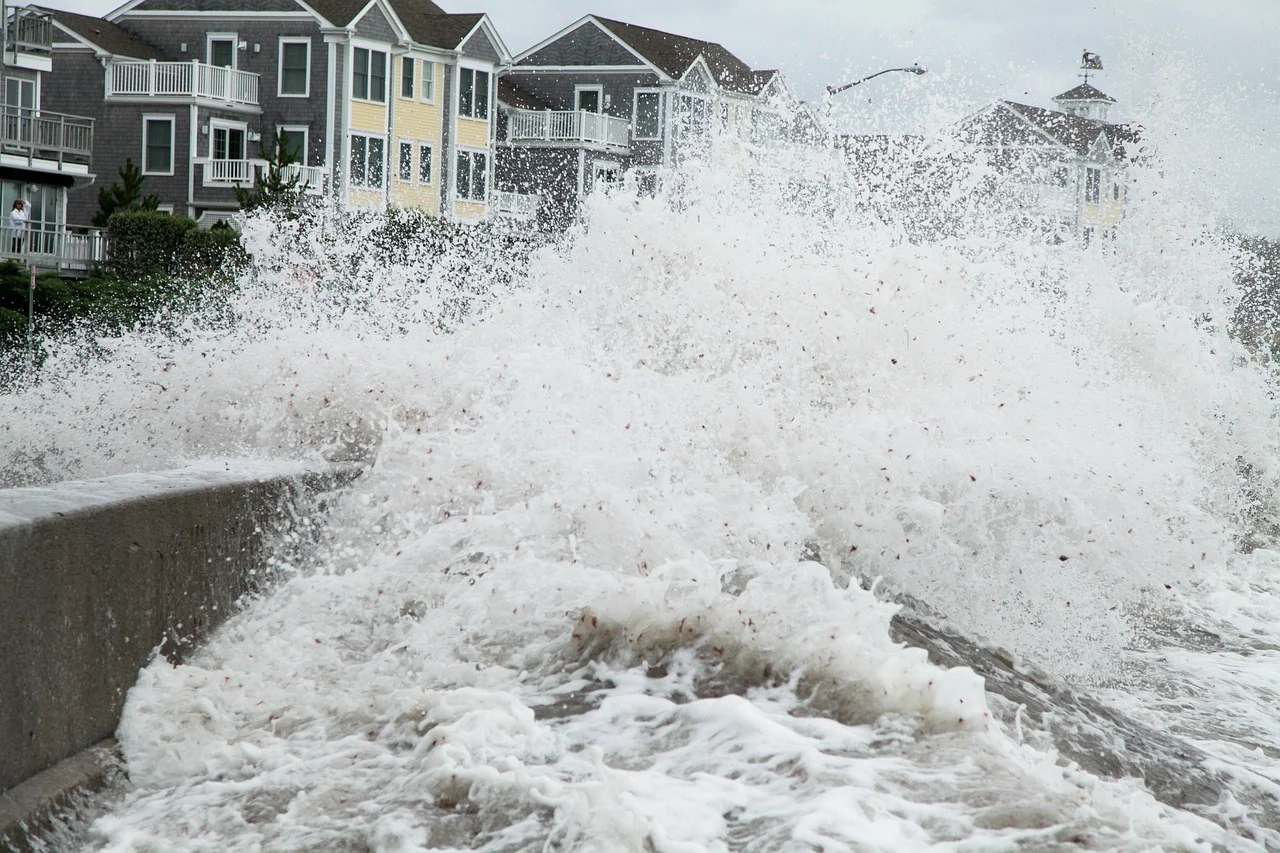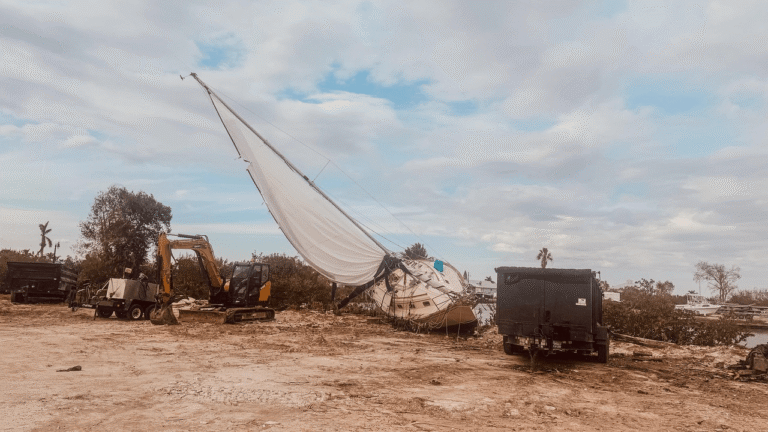How Far Inland Did the Storm Surge Go in Fort Myers? A Closer Look at the Devastating Impact
How Far Inland Did the Storm Surge Go in Fort Myers?
Have you ever wondered just how far the ocean can reach during a significant storm? Or perhaps you’re curious about how storm surges impact communities like Fort Myers? If you’ve been following weather events or planning for emergencies, understanding storm surges is crucial. In this article, we’ll dive deep into the specifics of how far inland the storm surge reached during recent events in Fort Myers, illustrating its effects, responses, and what residents can expect in future storms.
Understanding Storm Surges
Before we delve into the specifics of Fort Myers, let’s clarify what a storm surge is. Simply put, a storm surge is an abnormal rise in seawater generated by a storm, particularly hurricanes. This rise can result from high winds pushing water toward the shore and can lead to catastrophic flooding.
The intensity of a storm surge can depend on various factors, including the storm’s strength, its forward speed, the shape of the coastline, and the tide level at the time of the storm. For residents of coastal areas, understanding these dynamics is crucial for emergency preparedness and response.
The Impact of Storm Surge in Fort Myers
Fort Myers, located in Southwest Florida, is no stranger to hurricanes and storm surges. With its proximity to the Gulf of Mexico, this city often faces the brunt of powerful storms. During notable storms like Hurricane Ian in 2022, the impact of storm surges was severe and had lasting repercussions for communities.
How Far Inland Did It Reach?
During Hurricane Ian, the storm surge was unprecedented. Reports indicated that the water surged up to 12 feet in certain areas along the coast. In particular, neighborhoods close to the water, such as Fort Myers Beach, experienced extensive flooding. However, what might surprise you is just how far inland the surge traveled. Some estimates suggested that the surge penetrated areas as far as 8 miles from the coastal line. This level of intrusion is alarming, as it underscores the vulnerabilities of both urban infrastructure and the residential areas in between.
Factors Influencing the Reach
Several elements contributed to the extent of the storm surge in Fort Myers:
-
Hurricane Intensity: The stronger the hurricane, the more significant the storm surge. Ian was classified as a powerful Category 4 hurricane at landfall, significantly enhancing its storm surge potential.
-
Geography: The unique topography of Fort Myers—with its bay and river systems—can funnel water deeper into the mainland. This geographic characteristic allowed for greater inland flooding during the surge.
-
Wind Direction and Speed: The direction and speed of the winds can push water towards certain areas, amplifying the flood risks. In Fort Myers, the strong onshore winds during Ian contributed to the surge.
- Cumulative Effects of Tides: If a storm hits at high tide, the surge could exacerbate flooding. Many residents experienced this unfortunate timing during the event.
Community Response and Preparedness
The aftermath of such a devastating storm surge called for an immediate community response. Emergency services were overwhelmed but worked tirelessly to ensure that citizens were safe. Efforts included:
-
Evacuations: Pre-storm evacuations were vital. Residents near Fort Myers Beach were particularly urged to leave ahead of the storm’s impact.
-
Emergency Shelters: Post-storm, shelters were set up to provide care for displaced residents, with resources for food, clothing, and medical needs.
- Infrastructure Rebuilding: The city is now focusing on rebuilding not only homes but also its infrastructure to withstand future events. More resilient structures and better drainage systems are part of the ongoing discussions.
Future Implications for Fort Myers
With climate change leading to rising sea levels and more intense storms, Fort Myers faces an ongoing threat from storm surges. The recent events serve as critical reminders that residents must remain vigilant. Here are a few steps to consider:
Stay Informed
Stay updated on local weather advisories and understand the evacuation routes. Knowledge is key to preparing your family for any potential storms.
Consider Flood Insurance
Given the history of storm surges, investing in flood insurance can offer peace of mind. This can help cover losses not included in standard home insurance policies.
Community Preparedness Plans
Participating in community planning and preparedness initiatives can enhance community resilience. Collaborate with neighbors to create emergency plans and share resources.
Conclusion
Storm surges present significant challenges for coastal cities like Fort Myers. Understanding how far inland the surge can travel, as illustrated by Hurricane Ian, can help us better prepare for future storms. By staying informed and proactive, residents can mitigate risks and foster stronger community support.
If you have thoughts or experiences regarding storm surge preparedness, we’d love to hear from you in the comments below!
FAQ
What is a storm surge?
A storm surge is an abnormal rise in seawater generated by storms, resulting from high winds and atmospheric pressure changes.
How far did the storm surge penetrate Fort Myers during Hurricane Ian?
Estimates suggest the surge reached up to 8 miles inland, impacting numerous neighborhoods significantly.
What should residents do to prepare for storm surges?
Residents should stay informed about weather advisories, consider flood insurance, and develop community preparedness plans.
What are the long-term effects of storm surge flooding on communities?
Long-term effects can include damage to infrastructure, prolonged displacement of residents, and increased costs for recovery and rebuilding.
How can one stay updated on hurricane warnings?
Local government websites, NOAA alerts, and weather apps are crucial resources for timely updates on hurricanes and storm surges.







